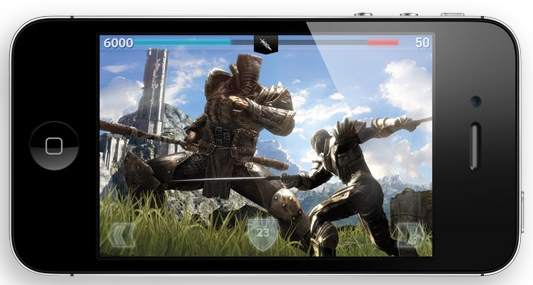Apple debuted its long-awaited, next-gen iPhone yesterday. But it wasn’t the iPhone 5.
Rather, Cupertino launched the iPhone 4S. While lacking an external redesign, the iOS-powered smartphone features a powerful dual-core A5 processor, upgraded camera and a voice-controlled assistant dubbed “Siri.”

So, when will the iPhone 5 arrive, and why did Apple choose to upgrade its current iPhone rather than introduce a totally revamped model?
Well, IHS analyst Francis Sideco believes Apple will launch an LTE-capable iPhone 5 when an affordable chipset solution allowing a thinner form factor is available, meaning, late 2012, or mid-2013.
“Given the success of the iPhone 4, Apple’s incremental approach to upgrading the line makes sense,” Sideco told TG Daily in an e-mailed statement.
“Furthermore, with the speeds the iPhone has attained with the existing 3G standard known as High-Speed Packet Access (HSPA), there is no appreciable benefit to adopting LTE, especially given the current spectrum and uplink speed constraints for LTE.”
According to Sideco, Apple selected new features for the iPhone 4 to deliver a superior customer experience – and refrained from offering new technology just for technology’s sake.
“Because of this, Apple declined to offer an LTE-enabled iPhone that would have been more expensive, larger and more power hungry. Instead, it opted to introduce a device that delivers nearly the same wireless data speed, but with a superior user experience.
“[In addition], the use of the A5 [processor] should increase the performance significantly, and put Apple right at the leading edge of the dual-core trend in smartphones. [Plus], the A5 integrates dual-core graphics, [which] is critical in achieving faster performance while minimizing power consumption – essential to maintaining long battery life.”
Sideco also noted that that Apple’s Siri personal assistant technology is a “very attractive” feature for automotive infotainment applications.
“Siri provides not only voice recognition and text to speech capabilities but conversational responses to inputs. While such [platforms] exist today from other companies, such as Google, Apple’s support of this as a standard feature of the iPhone 4S is likely to make such voice recognition a standard feature.
“This appears to be just the kind of [platforms] that car makers are seeking for control of their infotainment systems. With new car infotainment systems built to support mobile electronics devices like the iPhone, expect to see Siri-enabled solutions in new cars in the near future,” he added.






